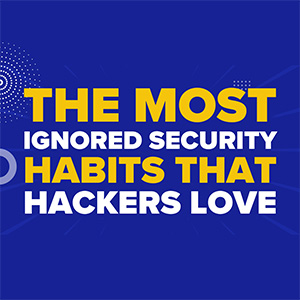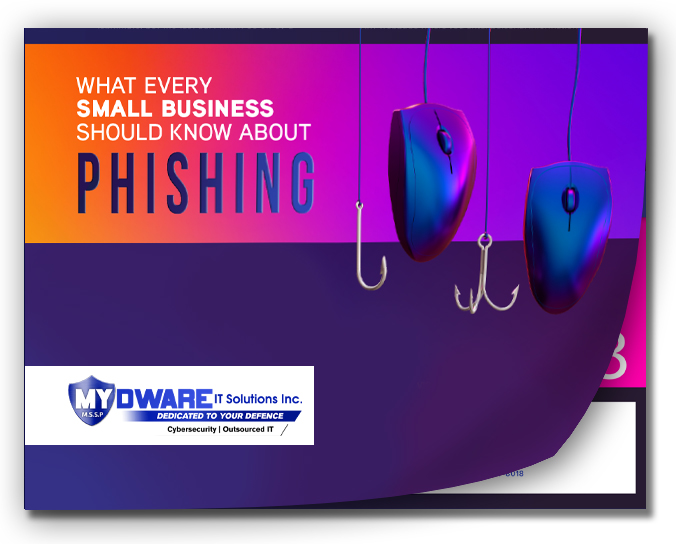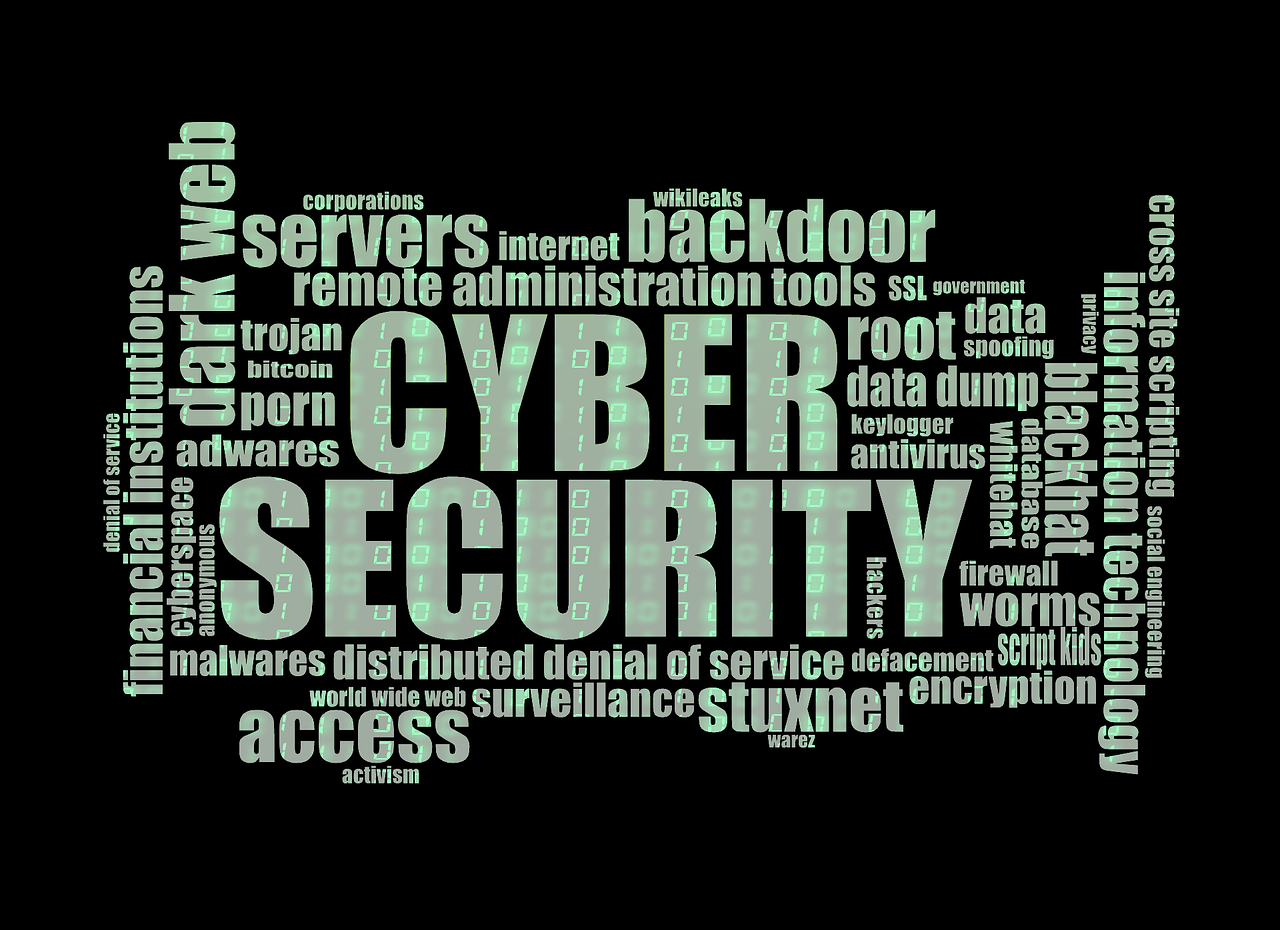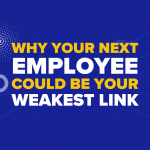 Cyber hygiene is no longer something “nice to have.” It’s the absolute minimum standard. In 2025, the majority of cyber incidents we see still trace back to one thing: skipped basics. Think of it like skipping handwashing during flu season—sooner or later, you’re going to feel the impact.
Cyber hygiene is no longer something “nice to have.” It’s the absolute minimum standard. In 2025, the majority of cyber incidents we see still trace back to one thing: skipped basics. Think of it like skipping handwashing during flu season—sooner or later, you’re going to feel the impact.
Small and medium-sized businesses across the GTA and Simcoe County are getting hit the hardest, because attackers assume you’re not investing enough in security. Want to know where your vulnerabilities are hiding? Book a FREE cybersecurity risk assessment NOW and get a full breakdown before you’re caught off guard.
Hackers love when businesses ignore these 4 basics
Still running unpatched systems or using the same password everywhere? You're making cybercriminals' jobs easy. Let’s break down the top four hygiene habits every business should lock in.
1. Keep your network airtight and under control
If your business Wi-Fi is still using the router's default name or password—big red flag. A secure network starts with encryption, a hidden SSID, and strict firewall rules. Every team member working remotely? They should be on a VPN, not using public coffee shop Wi-Fi.
And speaking of protection, if your PCs are taking forever to start or act buggy, don’t ignore it. Sometimes, it’s not just a speed issue—it’s a vulnerability in disguise. Check out how to fix slow Windows 11 startups right here.
2. Get your employees to stop clicking everything
Human error is still the #1 cause of cyber breaches. Even your smartest employees are one bad link away from disaster. Regular training on phishing, suspicious downloads, and smart password habits isn’t optional anymore—it’s your front line.
For example, if you’re running Windows 11 and your team gets tripped up by interface bugs like the missing “See More” menu, they’re more likely to click the wrong thing out of frustration. Here’s how to fix that File Explorer bug so your team stays focused and safe.
3. Backups aren’t just for disasters—they’re for sleep
Don’t assume cloud storage is enough. You need automated, encrypted backups of your most important files—documents, HR data, accounting, everything. Ideally, keep copies stored offsite too. It’s not just about ransomware; it’s also about crashes, employee errors, and even fire or theft.
4. Not everyone needs access to everything
Too much access is like handing out keys to your entire building. Limit access based on roles and remove unused accounts the moment someone leaves. This simple step stops inside threats and reduces damage if an account gets hacked.
If you’ve got too many devices floating around—or worse, shared logins—you’re overdue for a cleanup. Here are 3 reasons too many workplace devices actually hurt productivity and security.
Do these 4 things, and you’re already ahead of most SMBs
We get it—implementing all this sounds like a lot. But it’s a fraction of the cost compared to recovering from a ransomware attack or a client data breach. You can either spend a little time now, or a lot of money later.
The good news? We make it simple. Book your FREE cybersecurity risk assessment and we’ll walk you through exactly what needs fixing—and what’s already working.




